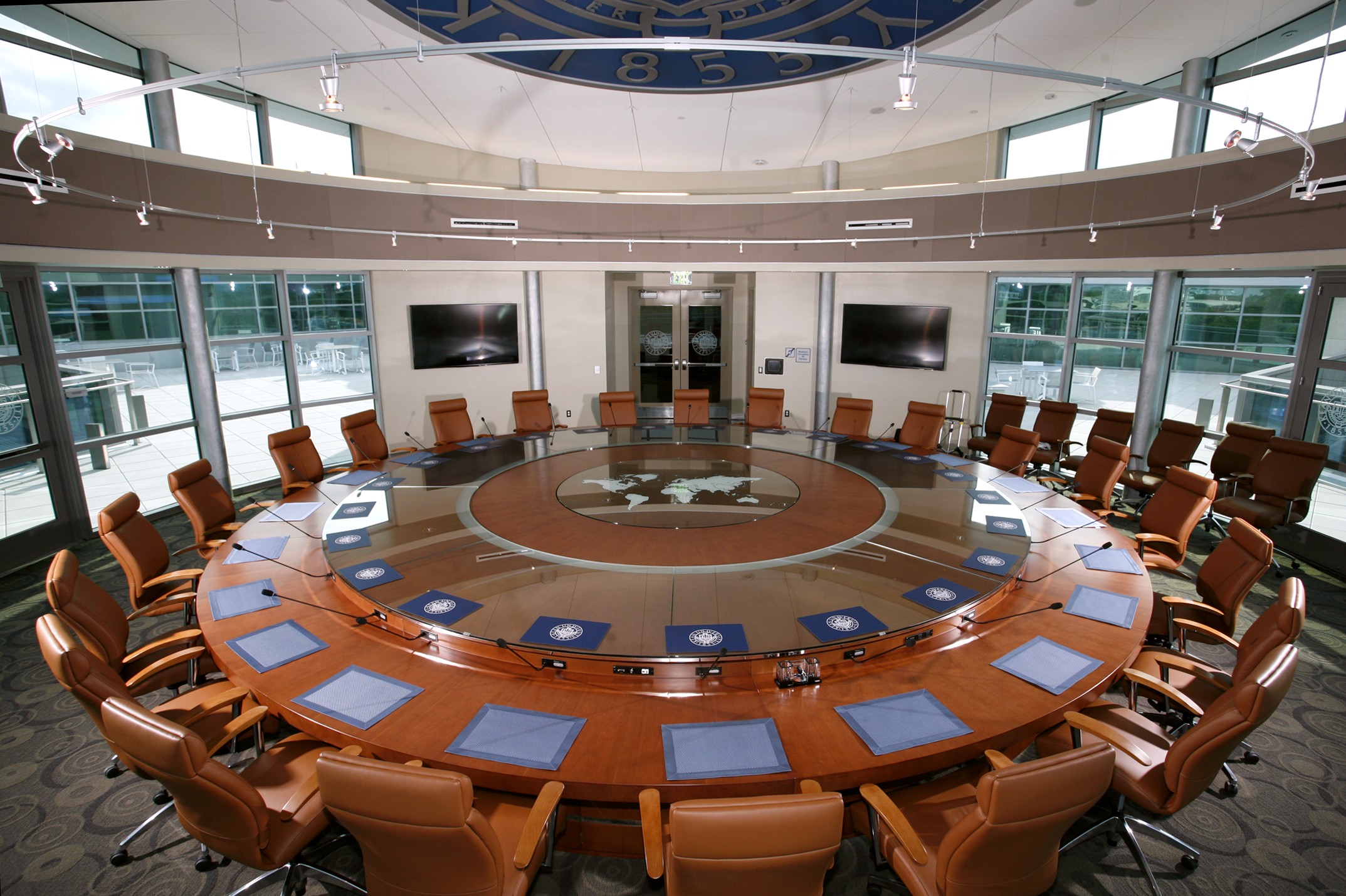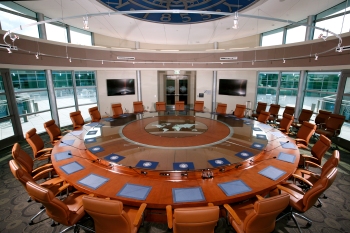By Bryan C. Kuriawa and Christine Moukazis
It is sometimes believed that universities, public or private, try to act in the best interest of their students. We are told that students and faculty are the heart of a university. In that sense, it is thought that they would do their best in trying to allocate their resources to give us a lucrative higher education.
Perhaps, Kean’s recent $219,024 purchase might debunk that notion.
The administration and student government have publicly supported the purchase of this table. In their eyes, the table will generate newer benefits in the coming years to the university.
But in our eyes, this circular table represents nothing more than a cyclic pattern of disregard for the student body.
In an email signed by the president of the Student Organization, Gerard E. Smithwrick, regarding the table, it stated, “Why not provide Kean students with the very best spaces, places and equipment needed to learn and succeed in today’s economy?”
There is all of this talk about physical space, but no mention of a thriving intellectual environment. Kean is basically the pretty girl with an ugly personality. It has all the trappings of an attractive school, but where is the substance?
Why not spend the money on things that will advance the students academically, rather than implement technology that will only offer a boost to the institution financially? Or spend money to solve issues that have proven to be problematic for students and faculty, such as parking.
It appears the basic needs of the university are not being met in favor in grand, unnecessary purchases. Yet what purpose could the table serve in the grand scheme of things? The conference table may feature newer technology and appear unique, yet we must as one question.
“Why not?”
This was the quote of President Farahi, often cited, when asked about his exact reasons for purchasing the table. In this statement, a multitude of questions have arisen, but these two words can answer more questions than imagined.
Within “Why not,” we have the basic answer to the question of how those in the highest positions of authority view their student body and faculty. They view the money they receive in tuition as nothing more than pennies in a larger pot. In this philosophy, our tuition is the equivalent of Monopoly money in their hands.
There is no value, no reason, and no rationality in this sense. Instead their idea is to bill their students and spend their funds with no recourse or moment of reality. That reality being the realization of spending more on cosmetics, rather than intellectual circumstances.
As cited above, serving a university and its student’s basic needs is one of the most critical and important aspects in an education. Students need to have places to park, strong technology in the classrooms and a purpose in their studies.
We won’t find purpose in the newest buildings, or a super high-tech conference table. This will be found in improving the fields of study and helping students better learn their craft for their careers.
But what do we know? We’re just “small-minded” people.

